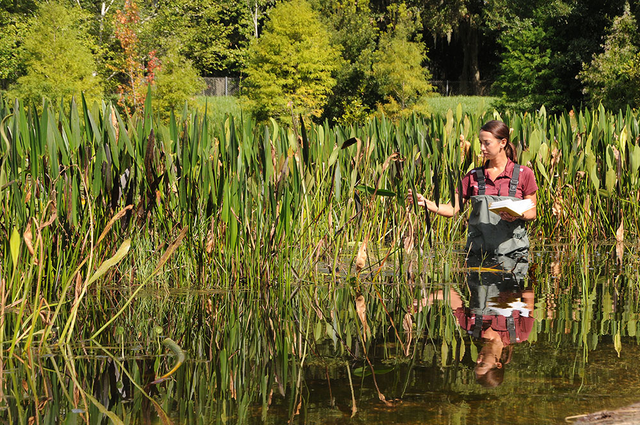


We offer long-term project solutions by offsetting unavoidable impacts to wetlands, protected species, and other aquatic resources.

At MBG, we provide a full service approach for wetland mitigation and conservation credit sales. Our comprehensive support, unparalleled customer service and our competitive pricing, guarantees an effortless process for our clients!
Office Phone: 407.960.5787
Email: victoria@mitigationbankinginc.com
PO Box: 195813 Winter Springs, Florida 32708
State board endorses first Florida bear hunt since 2015
The statewide kill quota is 187, including 18 in Central FLORIDA

State board endorses first Florida bear hunt since 2015
The Florida Fish & Wildlife Commission ended four hours of public debate and discussion by voting 4-1 for prelimin...
bit.ly
Governor Ron DeSantis has signed House Bill 209, the "State Land Management" bill, into law on Thursday.
It will give Florida's almost 200 state parks more protections that will help prevent development.
The bill was the product of controversy last year, after they said a…
© 2025 The Mitigation Banking Group, Inc. All Rights Reserved. Powered by Your Brand Voice.